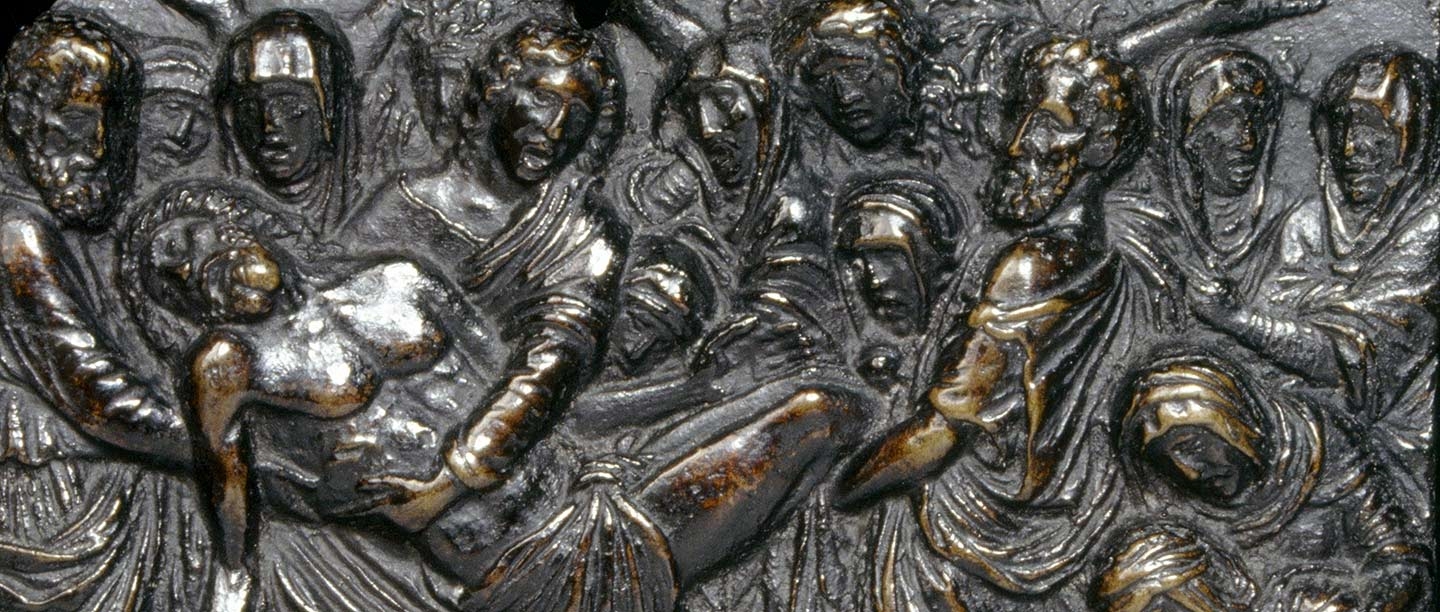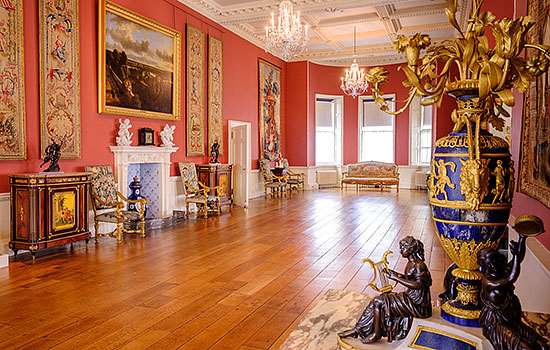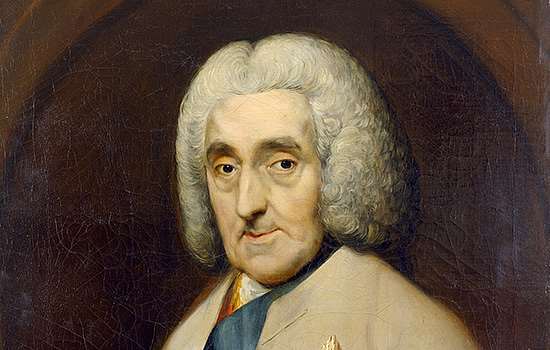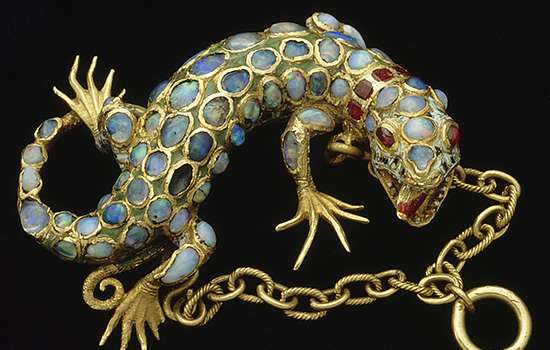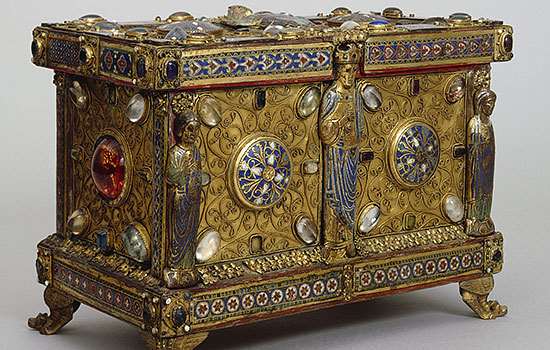Star object
Sleeping Hercules
- Unknown maker
- About 1500
- Bronze
- Bologna, Italy
A nude Hercules is shown here in a drunken sleep. The container for the wine he has consumed forms his pillow, while his right hand clasps a vine branch.
What makes this bronze so exceptional in the Wernher Collection is the fact that we know who its original owner was, and how he might have displayed it. Gaspere Fantuzzi was a classical scholar from one of the leading noble families of early Renaissance Bologna. He probably commissioned this piece as a miniature copy of the ancient Greek statuette of Herakles Epitrapezios, which would originally have been placed on a table at drinking sessions. By contrast, Fantuzzi likely intended his Sleeping Hercules for the more private space of his studiolo (study), to be displayed there as a beautiful curio.
Artists and makers
Ceremonial hammer
- Unknown maker
- About 1550
- Bronze
- Venice, Italy
This ceremonial hammer was probably used to break open wine casks. Its likely function can be linked to its elaborate form, in the shape of a satyr. Satyrs were mythological creatures that were half-man, half-goat, and often associated with Bacchus, the god of wine, in their display of lustful and drunken characteristics. The hammer would have been presented to a new member of a guild or club.
